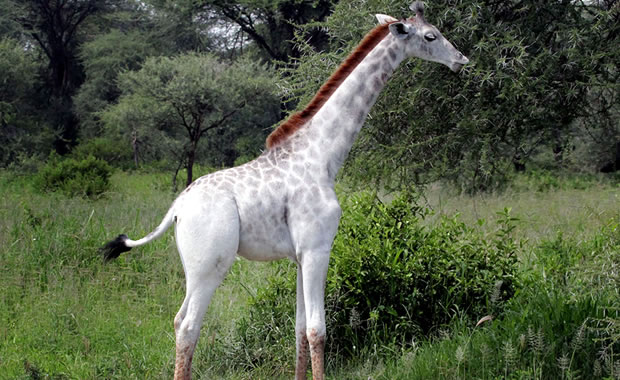
Creature Profile
The Baluchistan bear is a subspecies of the Asiatic black bear. It is also called "moon bear" because of a distinctive white crescent marking appearing on the chest. It is similar in appearance to its better-known American relative (the American black bear). The head tapers to a rather pointed snout, and it has rounded ears which are large and prominent. Adults reach between six and eight feet in head and body length on average, and weigh between 110 to 330 lbs. The tail is 2.5 to 4 inches long. Males are larger than females. Baluchistan bears have very sharp claws and are excellent climbers and swimmers.
This species prefers forest habitat which includes temperate and tropical woodlands in hilly or mountainous areas with heavy brush cover. It spends much of the day sleeping and is mainly active at night. Diet consists of fruits, nuts, buds and insects. Asiatic black bears are more carnivorous than their American counterparts since they are known to eat leftover prey killed by tigers, which helps to build up fat before winter. They have also been known to consume domestic livestock. Except mothers and cubs, they are usually solitary. Mating may occur around October, and females give birth to two cubs after a gestation period of seven to eight months. The young are nursed for three to four months and remain with the mother for two years.
The Baluchistan bear is only found in Iran and Pakistan and is threatened by habitat destruction and hunting for its skin, paws and gall bladder (which is used in Oriental medicine). They are considered a nuisance to humans since they eat crops and domestic livestock, and unfortunately, human attacks are also common. All Asiatic black bears are protected by law, but law enforcement is extremely limited in much of its range.
Wikipedia Article

|
Wikipedia Article Copyright Notice: This article is licensed under the GNU Free Documentation License. It uses material from the Wikipedia article "Asian black bear". |
May 9, 2017
Glenn, C. R. 2006. "Earth's Endangered Creatures - Asiatic Black Bear Facts" (Online). Accessed 4/25/2024 at http://earthsendangered.com/profile.asp?sp=29&ID=3.
Need more Asiatic Black Bear facts?





